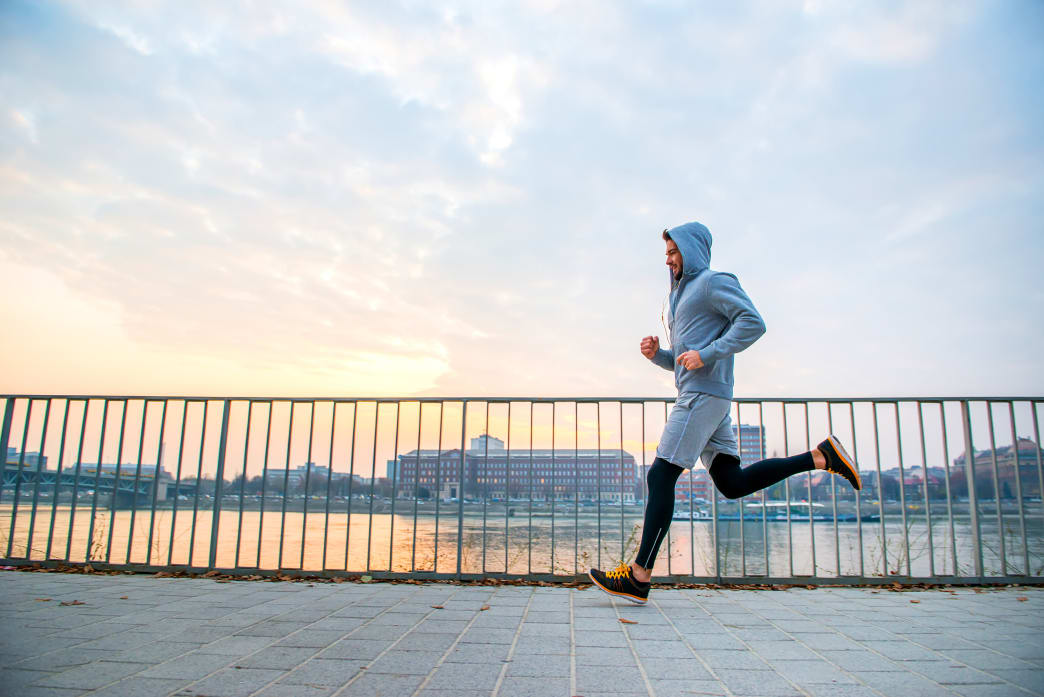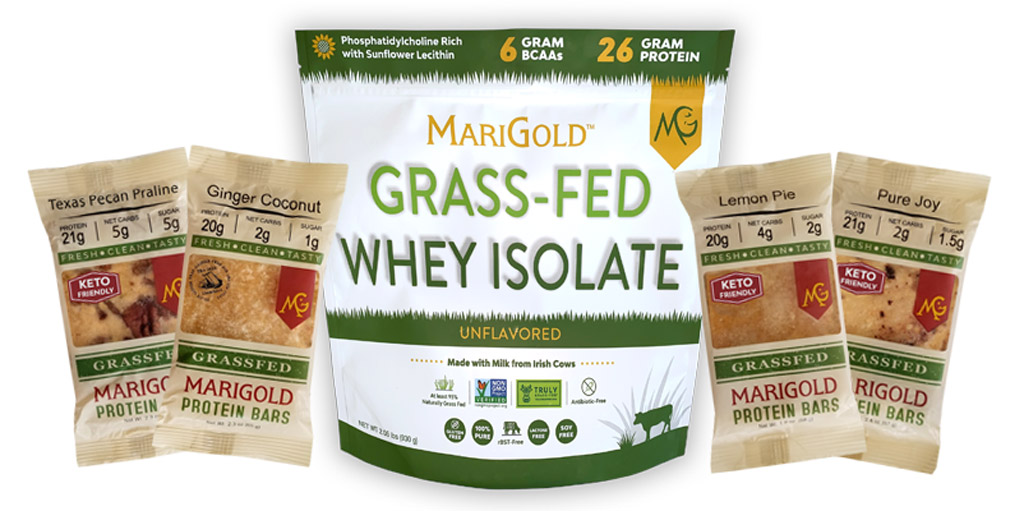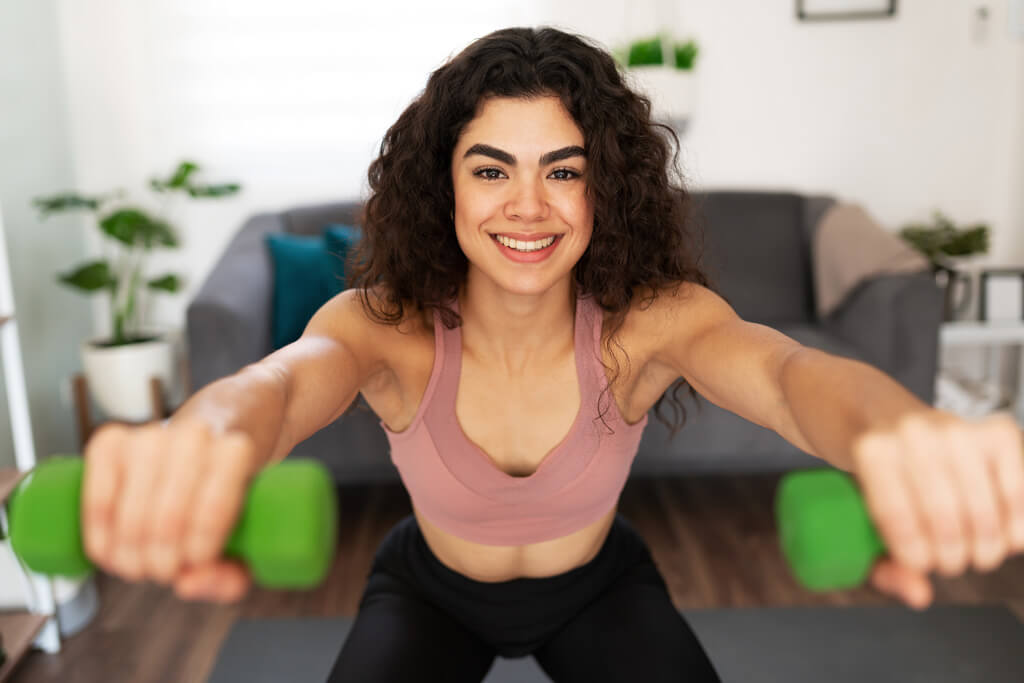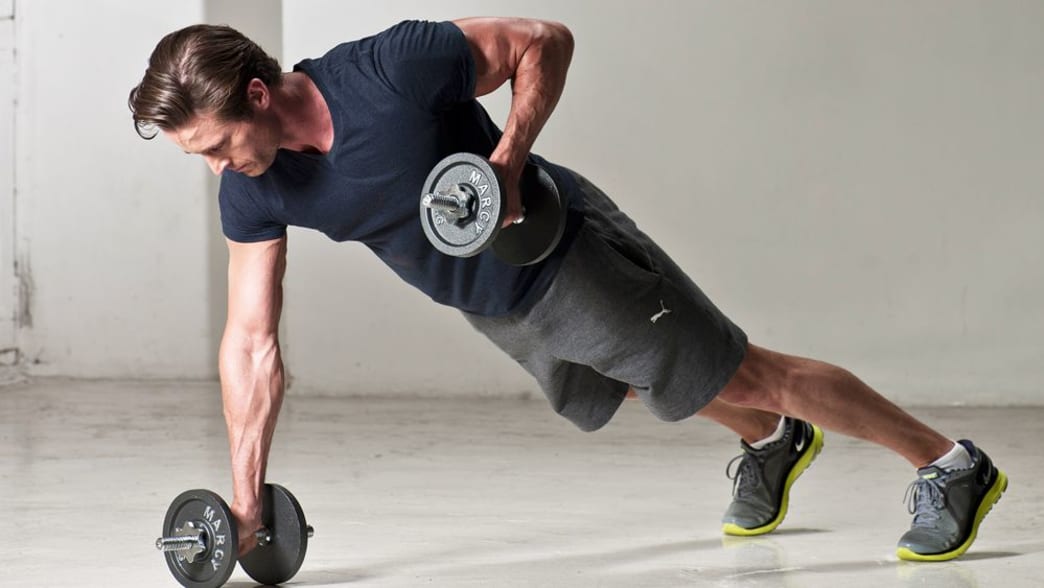Discover why working out is easier than you think – and let your excuses take a hike.
Only 31 percent of American adults regularly engage in leisure time physical activity. Source: Centers for Disease Control and Prevention
Exercise Benefits
If exercise benefits came in packages, they would fly off store shelves:
- Exercise protects against aging, heart disease, colds, dementia, hot flashes, gum disease, stress, diabetes, excess body fat, and depression.
- It increases antioxidant production, improves sleep, protects bones and joints, and improves wound healing, sex, job performance, and the prospect of career advancement. When it comes to the heart, exercise helps in multiple ways.
- It lowers bad cholesterol, raises good cholesterol, improves circulation, keeps arteries flexible, lowers blood pressure, reduces the risk of blood clots, and helps to repair damaged arteries.
- Simply put, exercise can shave 10 to 12 years off your chronological age, according to various studies.
- One, published in the Archives of Internal Medicine, found that among more than 1,000 pairs of twins, those who performed close to three and one-half hours of physical activity per week were, practically speaking, up to 10 years younger, with less heart disease, cancer, diabetes, hypertension, obesity, and osteoporosis.
Granted, reaping these benefits requires some effort, but it may not be as difficult as you think if you steer clear of these common myths.
10 Exercise Myths
1. To get active, you have to change your whole life
Not so, say experts. Studies show that 10-minute bouts of any type of aerobic activity, two or more times a day, will produce benefits. One bout could be walking nonstop for 10 minutes to and through the mall or around your neighborhood, or doing yard work or physically active cleaning jobs around the house.
2. There’s not enough time in the day
While we are a time-strapped culture, on average, Americans watch four and one-half hours of television per day; some of that time can be used to get fit. Exercising during commercial breaks instead of getting a snack will put you on the road to better health.
3. Exercise is boring
Think beyond walking, jogging, or structured workout routines, and you’re bound to find something enjoyable. Any type of movement counts. For example, an evening of square dancing is comparable to walking five miles, and ballroom dancing can burn more calories than gym-style, low-impact aerobic exercise.
4. Exercise will make you eat more
Studies show that aerobic exercise suppresses appetite. For example, a study of 15 overweight and obese men and women, presented at The Endocrine Society’s 90th Annual Meeting in San Francisco last year, found that three months of regular exercise on a treadmill or bicycle reduced appetite, even though participants were told not to change eating habits.
5. You have to wear special clothes and sweat
While that’s true for some sports, many activities simply require comfortable clothing. For example, tai chi, an ancient Chinese martial art, consists of deep breathing and gentle, slow, controlled movements. Yet according to numerous studies, such as one recently published in the British Journal of Sports Medicine, tai chi improves blood sugar levels in diabetics, relieves stress, and enhances heart and lung health, the immune system, and flexibility.
6. Exercise is exhausting
If you’re sedentary and suddenly do too much, you will most likely feel tired and achy, but this simply means you’re overdoing it. Start slow, be consistent, and your energy levels will increase. For example, start with some gentle stretches first thing every morning. After a few days, go for a short walk after stretching and stretch again afterward. It’s better to start by walking for five minutes a day, then 10, and gradually work up to 30 minutes on most days.
7. You have to join a gym
Health clubs are only one option. If you prefer a structured workout, there are thousands of DVDs to choose from, and many cable TV channels are dedicated to fitness. Another option is Wii Fit (wiifit.com), a video game-style program that works with your TV to provide personal training tailored to your own preferences and fitness level. Bonus: it’s really fun!
8. Exercise will hurt achy or stiff joints
On the contrary, exercise is a natural pain reliever. A recent study of 346 people with arthritis, published in Arthritis Care & Research, found that one hour of low-impact exercise, twice per week, reduced pain and fatigue, and improved joint function.
9. Walking is all you ever need to do
For anyone who is inactive, walking regularly produces significant health benefits. However, as fitness levels increase, more intense aerobic and resistance exercise will produce more benefits. All muscles, including the heart, need to be challenged to improve, and an exercise program should gradually become more challenging.
10. It’s impossible to get motivated
Many people don’t start exercising (or eating a healthful diet) until they’re faced with a health crisis, but there’s no need to wait. Enjoyable activities with friends, such as golf, tennis, hiking, or dancing, can keep you motivated. Pedometers also motivate. In a study of 58 inactive women, published in Medicine & Science in Sports & Exercise, those who wore a pedometer and aimed for 10,000 steps daily walked farther than those who simply aimed to take a brisk, 30-minute walk each day.
What supplements should you take for exercise recovery?
For adequate nutrition to fuel physical activity and help you recover, consider taking the following supplements:
- Carnitine: Found chiefly in meat, carnitine improves energy utilization. Take 1 to 3 g daily.
- CoQ10: Used by every cell in the body to turn food into energy, levels of CoQ10 start declining around age 35. Take 50 mg daily with fatty food.
- L-arginine: This amino acid is thought to help boost muscle strength, and has also been shown in studies to aid in weight loss. Try about 2 tsp. of powder on an empty stomach.
- Magnesium: The mineral helps muscles to relax and may help to prevent cramping. Take 500 mg daily.
- Multivitamin: For overall nutritional support, choose a good-quality product with a variety of antioxidants.
- Ribose: An ingredient in many energy drinks, ribose (also called d-ribose) fuels energy production in muscles, helps them relax, and improves restful sleep. Take a powdered form, 5 g three times daily for three weeks to increase cellular levels, then 5 g twice daily.
- Whey protein: This pure source of protein helps rebuild muscles after exercise; it’s also great for using between meals to stave off hunger and balance blood sugar. Follow directions on package for dosage guidelines, as products vary.
Written by Vera Tweed for Better Nutrition and legally licensed through the Matcha publisher network. Please direct all licensing questions to legal@getmatcha.com.
Featured image provided by Better Nutrition
Refuel After a Workout with MariGold
Nutrition plays an important role in optimizing performance before, during, and after exercise.
It can sometimes be tempting to grab the easiest and quickest food you can get your hands on after a workout – especially since you’re tired from all that physical exertion!
What you eat can affect your body’s ability to recover. Protein is necessary for muscle repair and growth.
Not all protein is created equally, and it’s important to make sure your body is getting a good quality protein that it can use to recover in the most effective way.
Our MariGold Truly Grassfed Whey Isolate Protein Powder is 100% pure, has 26 grams of protein per serving and is non-GMO, rBST free, and is soy and gluten free.
Also note that our protein powder is whey isolate and not whey concentrate. That means that our WPI does not contain lactose or casein like whey concentrate does. Lactose and casein can often cause bloating or digestive discomfort.
It can easily be mixed with water, or any of your favorite morning and afternoon smoothies or drinks for a great protein boost.
Our protein bars contain the same premium quality protein and are a great choice for a post-workout easy-to-grab recovery snack!








